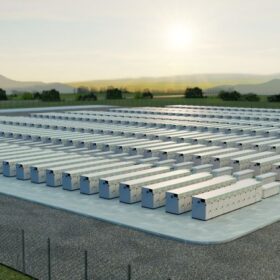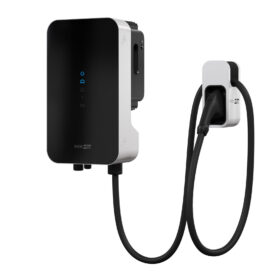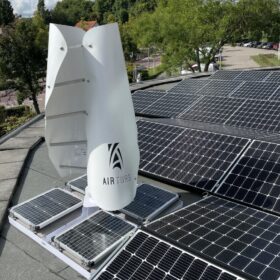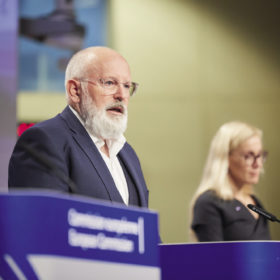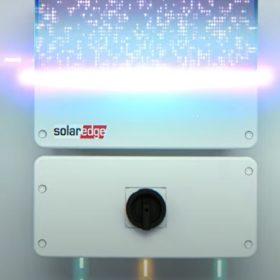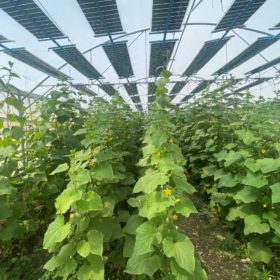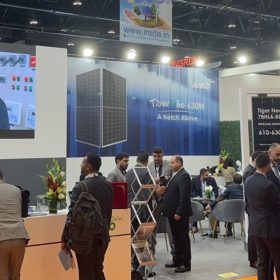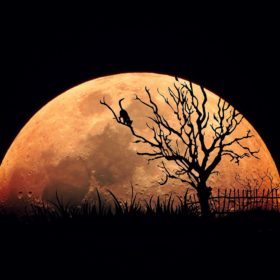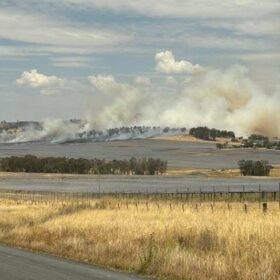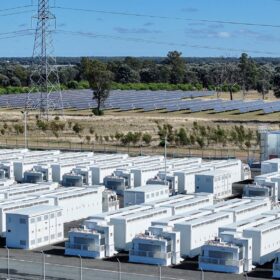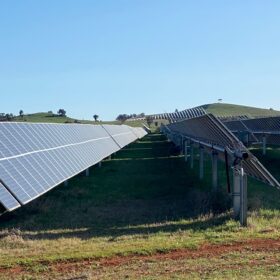Akaysha does revenue swap deal for 300 MWh battery project
The 150 MW/300 MWh Ulinda Park battery project planned for Queensland’s Western Downs region is a step closer to a final investment decision with battery and renewable energy developer Akaysha Energy inking a hedging deal designed to manage revenue-related risks for the estimated $150 million (USD 100 million) project.
SolarEdge unveils bidirectional EV charger
SolarEdge’s new bidirectional DC-coupled electric-vehicle (EV) charger enables vehicle-to-home and vehicle-to-grid applications and can seamlessly integrate with its home energy systems. It is scheduled for release in the second half of 2024.
Hybrid wind-solar power system for residential applications
Dutch startup Airturb has developed a 500 W hybrid wind-solar power system featuring a vertical axis wind turbine and a solar base hosting four 30 W solar panels. The system can be used for rooftop or off-grid applications.
Europe introduces new green hydrogen rules
The European Commission has presented the final version of its new rules for green hydrogen, with looser requirements to qualify hydrogen as “green.”
SolarEdge announces record revenues in 2022
SolarEdge’s revenue rose 58% year over year to USD 3.1 billion ($4.5 billion) in 2022. It expects revenues for the first quarter of 2023 to be within the range of $1.33 billion to $1.37 billion.
New agrivoltaic project to test crop-responsive PV trackers for greenhouses
An international consortium led by Israel’s Al-Zahrawi Society has launched the Regace project to develop agrivoltaic solutions for greenhouses. It will investigate the performance of a new tracking system across locations and climates and use carbon dioxide enrichment to improve crop yield.
Key takeaways from Abu Dhabi’s World Future Energy Summit
The World Future Energy Summit showed that Middle Eastern solar markets are still driven by utility-scale PV, although the C&I sector shows signs of growth. Saudi Arabia, Egypt and the United Arab Emirates are the most promising markets for big solar projects, with huge pipelines under development, while Lebanon and Yemen show promise due to chronic energy shortages.
UAE energy summit serves as a trial run for COP28
The United Arab Emirates is treating Abu Dhabi Sustainability Week, which includes the World Future Energy Summit, as a trial run before the nation hosts the COP28 climate talks in November.
Germany to import green ammonia from Saudi Arabia from 2026
Germany has decided to build its first green ammonia import terminal in Hamburg, in collaboration with Air Products. Egypt, meanwhile, has signed $128 billion of hydrogen framework agreements.
Uninterrupted PV generation without storage
An Israeli scientist has proposed a way to achieve uninterrupted PV power on the moon without using energy storage. The proposal involves the installation of PV panels around a 360-degree latitudinal ring close to one of the moon’s poles. There would be no inter-array shading, and static vertical PV arrays and arrays mounted on single-axis vertical trackers could be viable mounting structures.
